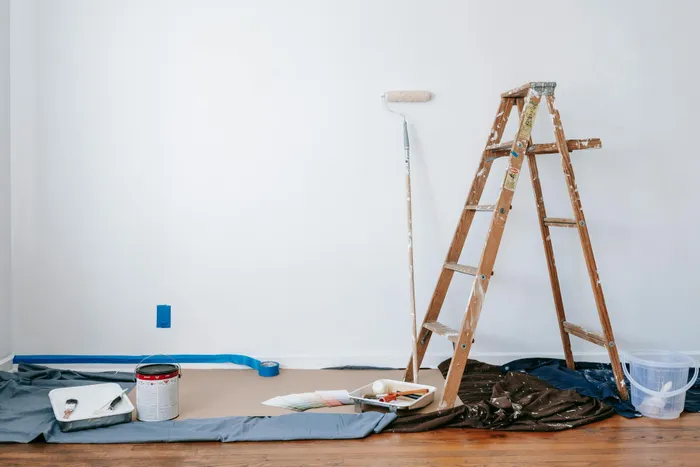10 Costly renovation mistakes to avoid

Investing in your renovation from the start is the most cost-effective approach. Picture: Pexels
Remodelling can transform a tired property into a dream home, but taking on a renovation project isn't always straightforward.
While renovating offers many benefits, from enhancing comfort and functionality to increasing market value, avoiding costly mistakes is crucial for a successful outcome.
Here are ten common renovation mistakes and how to avoid them.
1. Renovating too soon after purchase
If you’ve just bought your home and it’s in a habitable state, it’s wise to live in it for a while before beginning renovations.
This allows you to understand what works in the current layout and what doesn’t. Living in the home helps you figure out the practical aspects, like how the living zones flow and identify the coldest and warmest corners.
This practical insight will enable you to create a design that is both functional and comfortable, rather than focusing solely on aesthetics.
2. Not setting a comprehensive budget
One of the most common and costly mistakes is failing to set a realistic and comprehensive budget.
Without a detailed budget, unexpected expenses can quickly accumulate, leading to financial pressure. Ensure that you account for all materials, labour, and permits, as well as a contingency fund for unforeseen issues.
3. Ignoring building permits
Skipping necessary building permits and ignoring local building codes can lead to serious legal and financial consequences. Unpermitted work can result in fines, require costly modifications to comply with regulations, and complicate future property sales. Always ensure your renovation plans comply with codes and are properly permitted.
4. Underestimating the importance of planning
Rushing into renovations without a clear plan can lead to disjointed results and costly changes down the line.
Spend time planning every aspect of the renovation, from design and materials to timelines and contractor schedules. A detailed plan helps prevent mistakes and ensures a cohesive final product.
5. Overlooking the ROI of renovations
While personal enjoyment is important, consider the return on investment (ROI) for each renovation. Some upgrades, such as kitchen and bathroom remodels, typically offer higher ROI than others. Prioritise renovations that increase property value, especially if you plan to sell in the near future.
6. Choosing inexpensive, low-quality materials
Opting for the cheapest materials can be tempting, but it often leads to higher costs in the long run. Low-quality materials tend to wear out quickly, requiring frequent repairs or replacements. Invest in durable, high-quality materials that ensure longevity and maintain the value of your renovation.
7. Skipping professional help
Attempting complex renovations without professional assistance can result in subpar workmanship and costly mistakes.
While DIY projects can be satisfying, recognise when it’s necessary to hire experienced professionals. Contractors, architects, and designers bring valuable expertise that can save money and ensure a high-quality outcome.
8. Ignoring structural issues
Focusing solely on aesthetic improvements while neglecting structural issues can lead to problems. Structural deficiencies, such as foundation cracks or outdated electrical systems, can compromise safety and lead to costly repairs. Address these critical issues before embarking on cosmetic upgrades.
9. Inadequate research on contractors
Hiring the wrong contractor can be one of the most expensive mistakes. Poor workmanship, delays, and unforeseen additional costs can derail your renovation. Conduct thorough research, check references, and ensure contractors are licensed and insured. A reliable contractor is key to a successful renovation.
10. Failing to create a contingency plan
Even with meticulous planning, renovations often encounter unexpected challenges. Failing to have a contingency plan can lead to significant stress and financial strain. Set aside at least 10-20% of your budget for unforeseen issues, ensuring you can handle surprises without derailing your project.
“Renovating a property can significantly enhance its value, improve functionality, and increase aesthetic appeal and a well-executed renovation will transform a dated home into a modern, comfortable living space, making it more attractive to potential buyers if you ever decide to sell,” says Claude McKirby of Lew Geffen Sotheby’s International Realty in Cape Town’s Southern Suburbs.
While upfront quality costs may sting, avoiding additional expenses is ultimately far more expensive due to the inevitable rework in the future. Investing in your renovation from the start is the most cost-effective approach.
Related Topics: